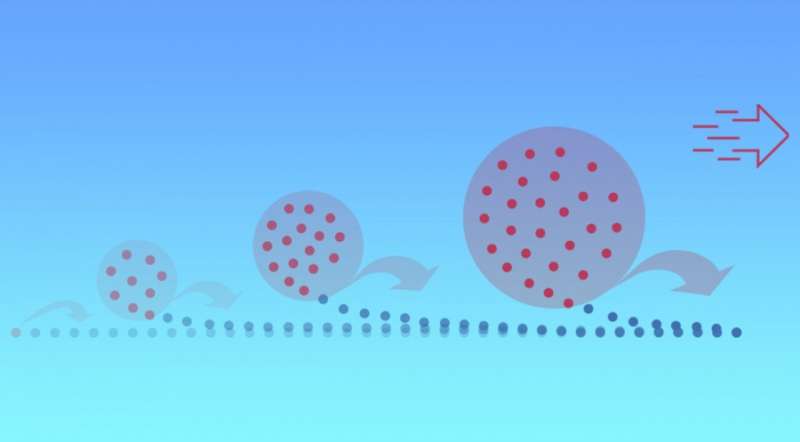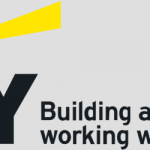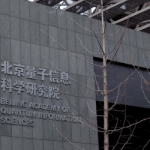New Approach to Information Transfer Reaches Quantum Speed Limit

(Phys.org) There are limits to how quickly quantum information can race across any quantum device. These are called Lieb-Robinson bounds, and, for several years, some of the bounds have taunted researchers. For certain tasks, there was a gap between the best speeds allowed by theory and the speeds possible with the best algorithms anyone had designed. It’s as though no car manufacturer could figure out how to make a model that reached the local highway limit.
Now a team of researchers, led by JQI Fellow Alexey Gorshkov, have found a quantum protocol that reaches the theoretical speed limits for certain quantum tasks. Their result provides new insight into designing optimal quantum algorithms and proves that there hasn’t been a lower, undiscovered limit thwarting attempts to make better designs. Gorshkov, who is also a Fellow of the Joint Center for Quantum Information and Computer Science (QuICS) and a physicist at the National Institute of Standards and Technology, and his colleagues presented their new protocol in a recent article published in the journal Physical Review X.
Unsurprisingly, the theoretical speed limit for sending information in a quantum device (such as a quantum computer) depends on the device’s underlying structure. The new protocol is designed for quantum devices where the basic building blocks—qubits—influence each other even when they aren’t right next to each other. In particular, the team designed the protocol for qubits that have interactions that weaken as the distance between them grows. The new protocol works for a range of interactions that don’t weaken too rapidly, which covers the interactions in many practical building blocks of quantum technologies, including nitrogen-vacancy centers, Rydberg atoms, polar molecules and trapped ions.
In addition to the theoretical insights and possible technological applications, the team’s mathematical results also reveal new information about how large a quantum computation needs to be in order to simulate particles with interactions like those of the qubits in the new protocol. The researchers are hoping to explore the limits of other kinds of interactions and to explore additional aspects of the protocol such as how robust it is against noise disrupting the process.





















